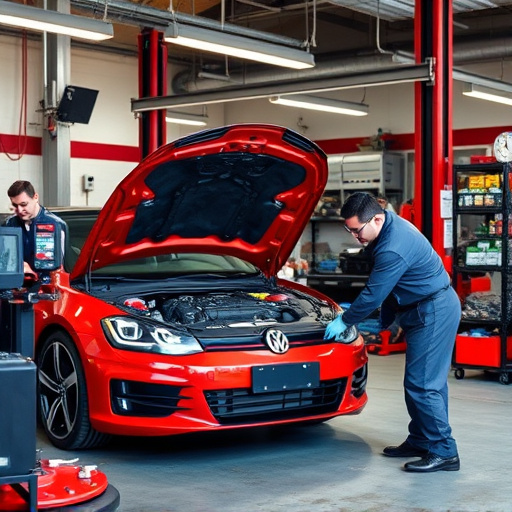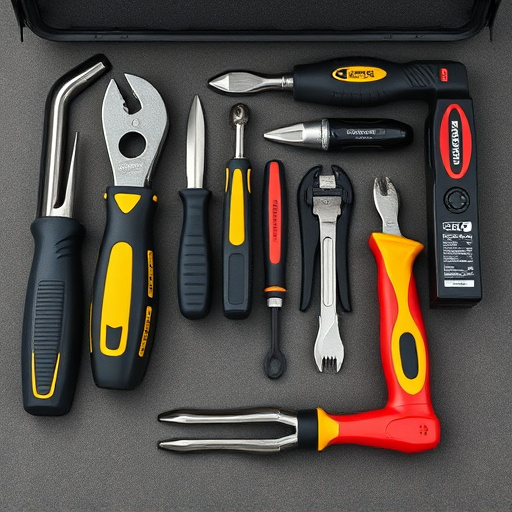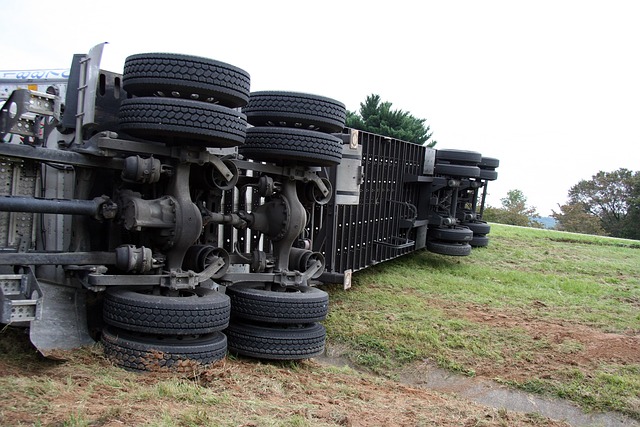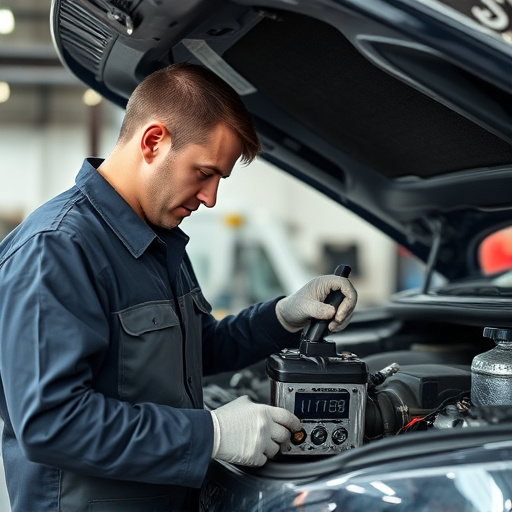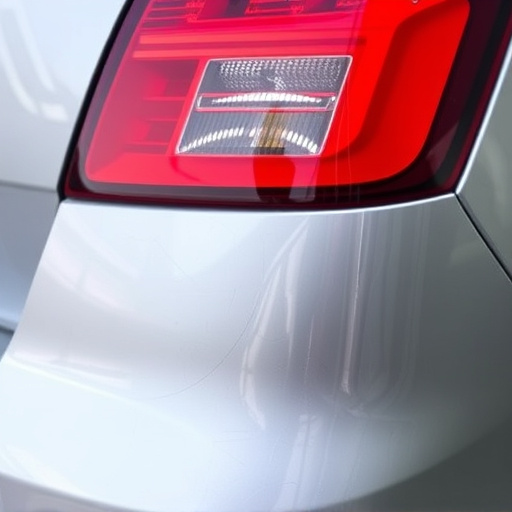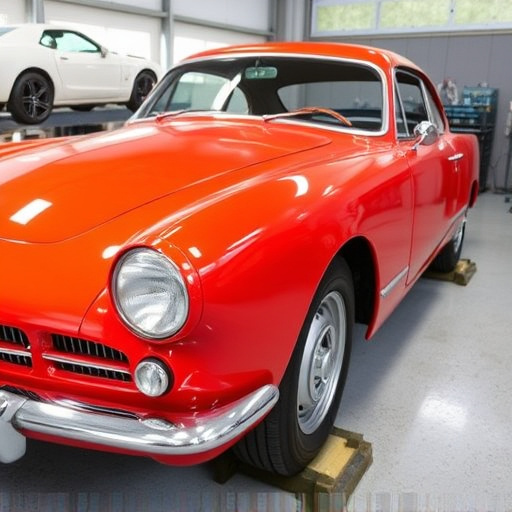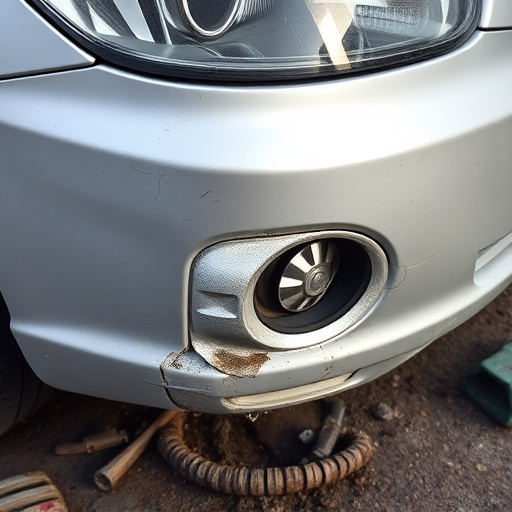Convertible tops require regular care and repair for optimal performance. Common issues include fabric degradation, water intrusion, and tension loss due to age or environmental factors. Timely diagnosis is crucial for repair, preventing further damage. While complex repairs need professionals, basic fixes can be done DIY with proper tools and guides. Convertible top repair maintains vehicle safety, aesthetics, and value.
Mastering convertible top repair is a valuable skill for any car enthusiast. This comprehensive guide breaks down the key elements of convertible top repair, from understanding the materials and their care to diagnosing common issues. Learn how to perform basic repairs step-by-step, ensuring your soft-topped vehicle remains in top condition. With expert insights on convertible top repair, you’ll be equipped to tackle leaks, rips, and other common problems, extending the life of your car’s unique feature.
- Understanding Convertible Top Materials and Their Care
- Diagnosing Common Convertible Top Repair Issues
- Step-by-Step Guide: Basic Convertible Top Repairs
Understanding Convertible Top Materials and Their Care
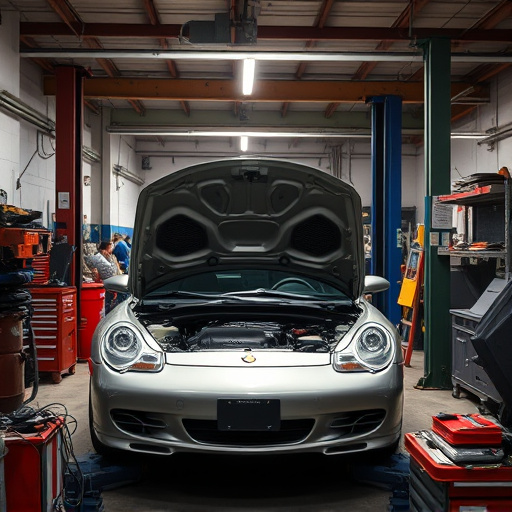
Convertible tops are a luxurious addition to any vehicle, offering an open-air driving experience like no other. To ensure their longevity and optimal performance, understanding the materials used in their construction is essential for anyone looking into convertible top repair or maintenance. These tops are typically crafted from durable fabrics, such as acrylic or polyester, reinforced with robust frameworks made of either metal or composite materials. Proper care involves regular cleaning to prevent dirt and salt buildup, which can weaken the fabric over time.
Regular auto body services, including inspecting and treating the seals and grommets, are crucial for maintaining a water-tight seal. As with any vehicle repair, timely intervention is key; addressing issues early on can save you from more extensive convertible top repairs in the future. Remember, proper auto maintenance ensures your vehicle’s longevity and safety, so keeping an eye on these details is beneficial for both the car’s performance and overall value, especially when it comes to this unique feature.
Diagnosing Common Convertible Top Repair Issues
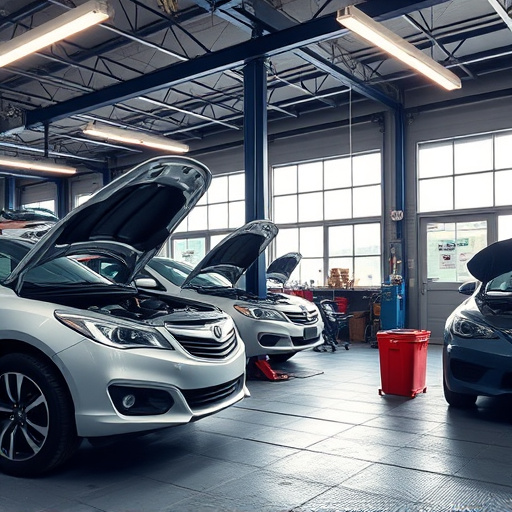
Diagnosing common issues with convertible tops is a crucial step in mastering convertible top repairs. Many problems can arise due to age, environmental factors, or previous repairs, making it essential for any auto body shop or collision repair center to have a thorough understanding of these issues. One of the most frequent issues is the loss of tension in the convertible top’s fabric and tracks, leading to a drooped or curled appearance. This can often be attributed to worn-out cables or pulleys that need replacement.
Another prevalent concern involves water intrusion, resulting in leaks and interior damage. Over time, seals and gaskets weaken, allowing moisture to seep into the car body restoration’s complex mechanisms. Proper diagnosis requires a meticulous inspection of all joints, seams, and sealing components. Identifying these issues early on is key to ensuring successful convertible top repair, maintaining the vehicle’s aesthetics, and preventing further damage.
Step-by-Step Guide: Basic Convertible Top Repairs

Convertible top repair is a specialized skill that requires precision and an understanding of the intricate mechanisms involved. While complex repairs are best left to professional car repair shops offering auto body services, basic convertible top repairs can often be tackled by car enthusiasts with some DIY aptitude.
The first step in any convertible top repair involves identifying the issue. Common problems include broken cables, torn or worn seals, and damaged rollers. After pinpointing the problem area, the next step is to gather the necessary tools and replacement parts. This might include a new convertible top, lubricants for the mechanisms, and specialized tools for disassembly and reassembly. Once prepared, follow a detailed guide that breaks down the repair process into manageable steps. Begin by carefully removing the old top, taking note of how each component is connected. Then, address any identified issues, replacing worn parts or fixing damaged areas using appropriate auto body services techniques. Finally, reassemble the top, ensuring all components are secure and properly lubricated for smooth operation.
Mastering convertible top repair involves understanding key elements like materials, common issues, and step-by-step processes. By diagnosing problems effectively and performing basic repairs yourself, you can extend the life of your convertible’s top and save on costly professional services. Remember, proper care and timely attention to minor issues can prevent major repairs down the road, ensuring your convertible remains a joy to drive for years to come.
